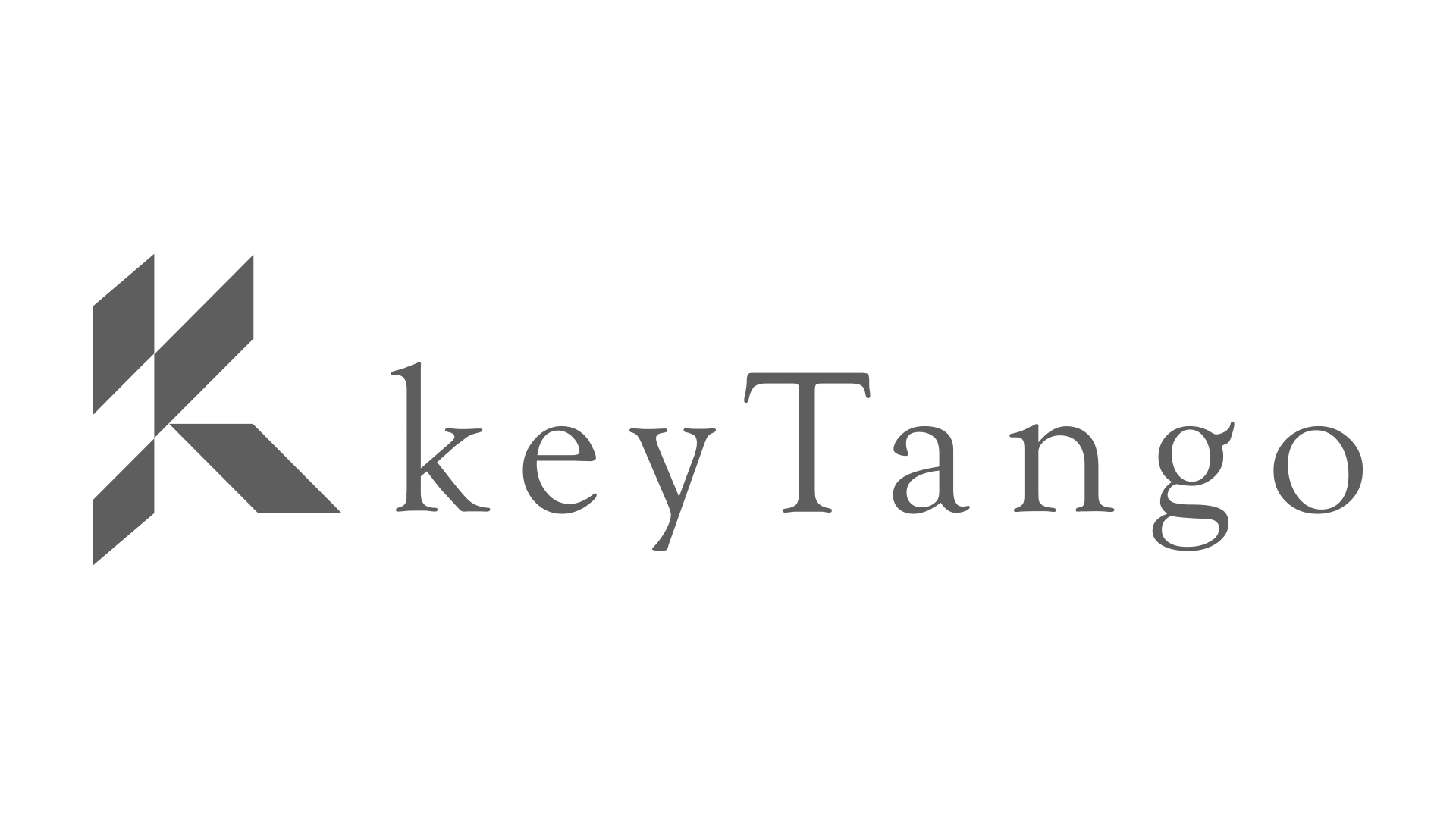Liquidity Pools are pools of tokens that provide liquidity to DEXs. Investors (AKA Liquidity Providers) pledge coins or tokens to a pool that can then be used by traders to buy and sell. DEX’s like Uniswap employ AMM (automated market making) mechanisms to price tokens in response to demand.
The market making algorithm asymptotically increases the price of the token as the desired quantity increases. Liquidity pools are configured between two assets in a 50:50 ratio on on DEX’s like Uniswap, i.e. DAI/ETH. It is this ratio of tokens that determines their relative price. For example, if someone buys ETH from a DAI/ETH pool, the relative quantity of ETH falls, so its price rises, with the opposite effect on the quantity and price of DAI. The bigger the trade, the greater the effect on the relative prices.









